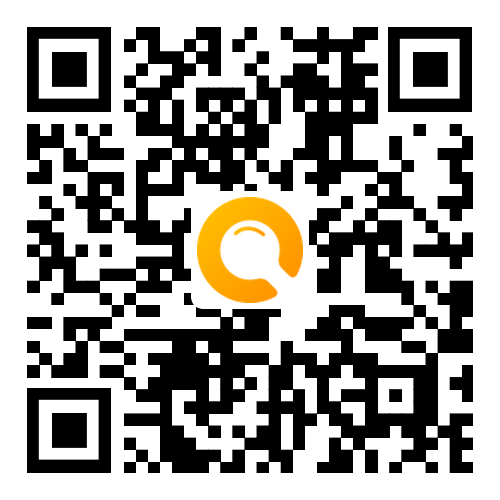Part ADirections: Read the following four texts. Answer the questions below each text by c
Part A
Directions: Read the following four texts. Answer the questions below each text by choosing A, B, C or D. (40 points)
Habits are a funny thing. We reach for them mindlessly, setting our brains on auto-pilot and relaxing into the unconscious comfort of familiar routine. "Net choice, but habit rules the unreflecting herd," William Wordsworth said in the 19th century. In the ever-changing 21st century, even the word "habit" carries a negative implication.
So it seems paradoxical to talk about habits in the same context as creativity and innovation. But brain researchers have discovered that when we consciously develop new habits, we create parallel paths, and even entirely new brain cells, that can jump our trains of thought onto new, innovative tracks.
Rather than dismissing ourselves as unchangeable creatures of habit, we can instead direct our own change by consciously developing new habits. In fact, the more new things we try—the more we step outside our comfort zone—the more inherently creative we become, both in the workplace and in our personal lives.
But don't bother trying to kill off old habits; once those ruts of procedure are worn into the brain, they're there to stay. Instead, the new habits we deliberately press into ourselves create parallel pathways that can bypass those old reads.
"The first thing needed for innovation is a fascination with wonder," says Dawna Markova, author of The Open Mind. "But we are taught instead to 'decide', just as our president calls himself 'the Decider'." She adds, however, that "to decide is to kill off all possibilities but one. A good innovational thinker is always exploring the many other possibilities."
All of us work through problems in ways of which we're unaware, she says. Researchers in the late 1960a discovered that humans are born with the capacity to approach challenges in four primary ways: analytically, procedurally, relationally (or collaboratively) and innovatively. At the end of adolescence, however, the brain shuts down half of that capacity, preserving only those modes of thought that have seemed most valuable during the first decade or so of life.
The current emphasis on standardized testing highlights analysis and procedure, meaning that few of us inherently use our innovative and collaborative modes of thought. "This breaks the major rule in the American belief system — that anyone can do anything," explains M. J. Ryan, author of the 2006 book This Year I Will... and Ms. Markova's business partner. "That's a lie that we have perpetuated, and it fosters commonness. Knowing what you're good at and doing even more of it creates excellence." This is where developing new habits comes in.
In Wordsworth's view, "habits" is characterized by being ______.
A.casual
B.familiar
C.mechanical
D.changeable
 题目内容
(请给出正确答案)
题目内容
(请给出正确答案)
 答案
答案

























